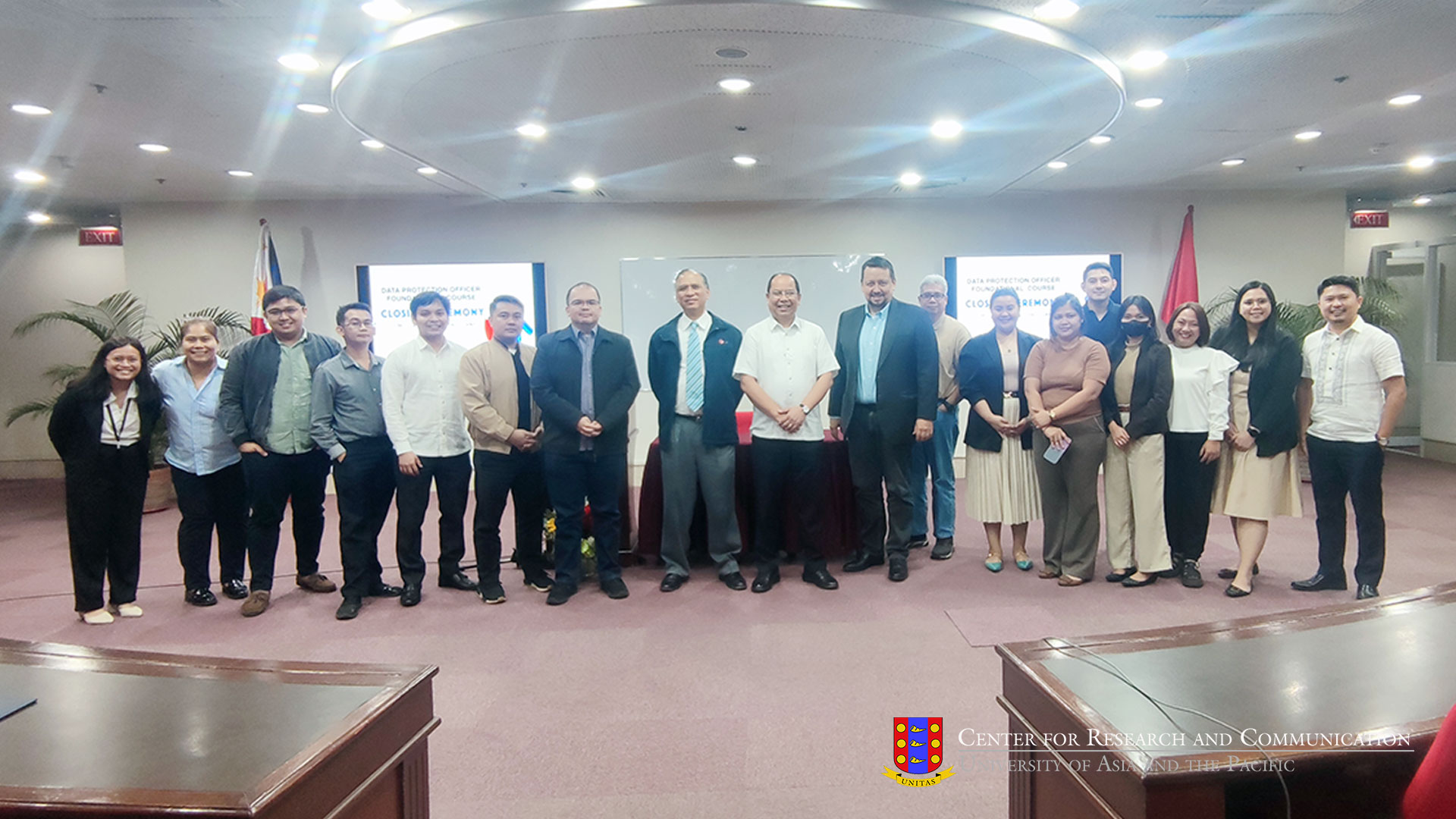Pasig City – Where do you invest if you’re looking to invest in Philippine Agribusiness?
Agribusiness advocate, columnist, and educator Dr. Rolando T. Dy – a consultant at the Center for Research and Communication – suggests investing in products with strong local demand, such as Rice and Coffee, among others; or in products like cavendish banana and coconut, whose industries still exhibit a great potential for growth despite being two of the Philippines’ biggest export products.
Dy suggested investing in these areas during a presentation at the 2021 CRC International Food and Agribusiness Investor Roadshow, giving CRC’s international clientele with a a macroeconomic view of Philippine agribusiness, and also discussed promising small-to-medium sized investments in the sector.
Strong local demand for Rice and Coffee
Since it is the Philippines’ staple food, it’s understandable that there is high local demand in the country – so much so that local production doesn’t meet demand, and the Philippines is forced to import rice from neighboring countries. But Dy says he is optimistic that the appropriate investments in rice production can bridge the supply gap, and that these investments can bring about significant profits for prospective investors.
“[Right] now, rice is a major import,” he says. “But given farm consolidation, the use of hybrids,[and] mechanization, we can cover a big part of our imports. This is an investment item for the Philippines[…] We can increase yield. Right now, irrigated fields yield only 4 t/ha. per season. But using hybrid and good seeds, this can go up to 6.5 to 8.5 t/ha. per harvest. And quality could be improved.[My optimistic hope is,]if we apply management technology and the like, we can supply the gap.”
“The model is farm consolidation with the local government or private sector engagement,” he added.
Dy also identified coffee as a product with growing local demand, noting that the country’s demand reached 130,000 tons in green bean equivalent.
“A large part of the beans [consumed by the Philippines] is supplied by Vietnam, [while Indonesia] supplies a big part of the sachet coffee [market],” Dy notes. “Local [beans supply] is around only thirty percent of demand.” He attributed the high demand to the increasing income of the country’s young workers, who seek out not only “ordinary” coffee, but “high end coffee” as evidenced by the proliferation of high end café chains in the country’s metropolitan and tourist areas.
Dy then noted that there are other agricultural products which have local demand so high that it has to be met through importation. He added that these can easily be identified through a little basic research.
Room for expansion in Key Philippine Exports
Dy also discussed cavendish banana and coconut as two of the Philippines’ top export products that are still promising areas for international investment because of opportunities for more efficient production.
He noted that one thing holding the Philippines back in the production of cavendish banana is the typically small size of Philippine farmholdings, and that investors can play an important role by engaging in contract farming with small farmers.
The Philippines is a global player in the production of cavendish banana, with the country’s banana exports worth over 1.6 to 2 billion a year, largely to China, Japan, and Korea; and mostly out of the ports cities of Davao Cagayan de Oro.
Dy then brought up the Philippines’ coconut industry, which he estimated was worth “easily USD 1.5 Billion,” and almost exclusively focused on refined coconut and coconut oil. He noted new, non-traditional coconut-based products represented a big potential for new investors. He explained that while coconut plantations do need to reach a certain scale, there are many market niches that can be explored (whether for export or for local consumption) without having to go too big in terms of plantation size.
Examples of such products are “coconut water, coconut milk, coconut powder, coconut cream, virgin coconut oil, etc,” and even more imaginative products like coconut jelly or coconut candy.
Banana and coconut are among the Philippines’ top exports, alongside pineapple and pineapple juices and products, for which there is already a well-established business mode, involving a corporate core with land lease and contract growing, most significantly in Bukidnon, Cagayan de Oro, South Cotabato.
A significant part of the Philippine economy
Agricultural output remains a significant part of the Philippine economy, Dy notes, pointing out that it was worth about USD 35 Billion in 2020. Crops represented the largest part of that output at USD19 Billion, followed by the ASF-beleaguered livestock industry earning USD6 Billion, and then fisheries, whose leading products there are milkfish, tilapia, and tiger prawns.
Food processing, which Dy emphasized as another aspect of agribusiness, was roughly as big a portion of Philippine GDP as agricultural output – roughly 10% of GDP each. This includes biscuits, snack foods, fastfood, juices and soft drinks, confectionaries, coffee mixes, animal feeds, and the premium coffee market, which remains strong despite the pandemic.
A continually evolving landscape
Philippine Agriculture is a continually evolving landscape, always presenting new opportunities. CRC can help you find the inside scoop that will give you an edge in the Philippine Market, whether that means evaluating the demand and price points for agricultural products and services, determining the feasibility of a new agribusiness venture, or just or even just finding the right local partners to do business with.
Let the Center for Research and Communication be your research and consultancy link to Philippine business opportunities. Get in touch with us via our LinkedIn of Facebook accounts, or email us at [email protected]. • | RE de LEon | CRC ||
———————————————————–
The Center for Research Communication is the research and consultancy link to Philippine business opportunities, uniquely poised to help you with technical and financing evaluation, demand evaluation, partnership development, project impact evaluation, and team upskilling and learning. To find out more about CRC, send an email to [email protected], or follow us on LinkedIN at linkedin.com/company/centerforresearchandcommunication . You can also find us on Facebook at facebook.com/centerforresearchandcommunication
#philippineagribusiness #PhilippineEconomy #urbanfarming #businessopportunities







